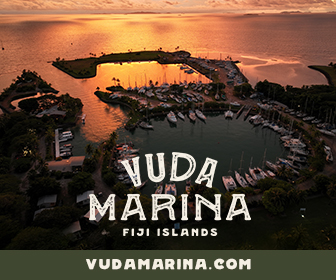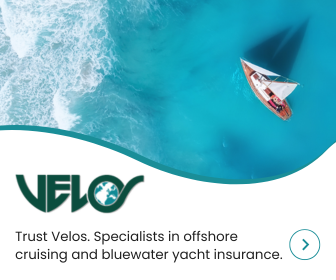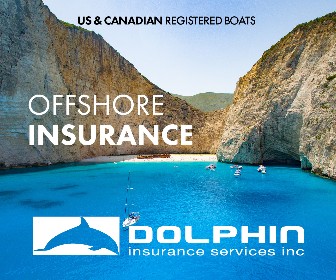Fiji, Kadavu Group: Swimming with Manta Rays – Know the Rules
Crew on yachts visiting popular Manta Ray feeding areas and cleaning stations around Ono Island – in the Kadavu Group of Southern Fiji – are being asked to familiarise themselves with the rules and regulations concerning interacting and swimming with Manta Rays. The protection of this incredible Manta Ray habitat is of the utmost importance and cruisers must respect the regulations and guidance.
Published 2 months ago
What is a Cleaning Station?
This is a marine location where fish, sharks, and manta rays gather together to get a regular hygiene check by parasitic copepods and a variety of small cleaner wrasse. Mantas spend some hours of the day here to get their gills, and skin cleaned.
The Kadavu Island Group is located to the south of Fiji’s main island of Viti Levu. It is a volcanic archipelago whose main islands are Kadavu, Galoa and Ono – plus a number of smaller islands along the Great Astrolabe Reef. It is one of only a few places in the world where manta rays naturally congregate and one of these rare spots is the cleaning station at Vurolevu.
Understand the Rules
Unfortunately, the sheer volume of yachts visiting the area and number of yacht crew attempting to swim and snorkel with the rays – oblivious to the restrictions and guidelines in place – has prompted a call to the cruising community to be more aware of exactly what the rules are to protect this fragile ecosystem.
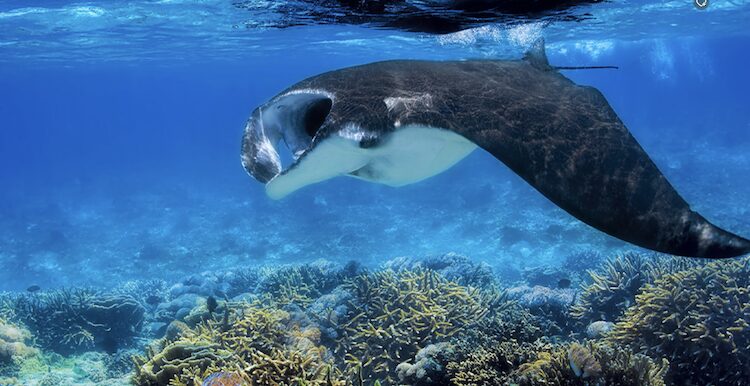

Appeal to Help Protect this Incredible Site
Martin, from the Oneta Resort and Oneta Foundation – which is based on Ono Island – is reaching out to the cruising community through Noonsite, Island Cruising NZ and NoForeignLand, after witnessing the attitude from a number of crew from visiting yachts.
“What prompted me to write now was an encounter between our crew and a group of yachties who were spearfishing right at the manta site” said Martin. “Our team told them that it was a protected area and that spear fishing was both dangerous to the mantas and to the snorkelers coming to the site. The fishing rights are also governed by the village of Buliya and without proper approval it is an act of disrespect to the village. But unfortunately, we just received shrugs from the spear fishing yachties.
“I would like to appeal for help in protecting this incredible manta site. While we ourselves are certainly not perfect in our interactions with the mantas, we do our best to be as mindful as possible so that our impact on this site is minimal. We would love for this site to be available to others for many generations to come, but the increasing number of yachts in the area – specifically at Vuru Levu – means more stress on the mantas. Unfortunately we have witnessed, too many times, where yachties either do not know – or do not adhere to – interaction guidelines for the mantas that are set out by the Manta Trust.”
Avoid Inappropriate Behaviour
Martin continues; “I’m sure the majority of yachties are respectful of the natural beauty of the area and of the mantas, but there are clearly an increasing number that are spoiling it for the majority. I won’t go into too much detail on our observations, but here is the short list:
- Too many yachts moored at Vuru Levu. There were many days when there were up to 10 yachts there. That is just too many and too close to the manta site. During those times we found no mantas at the site.
- Use of tenders right over the site – criss-crossing over the shallow coral to look for mantas – which effectively scares them away from the site for the day.
- Snorkeling right on the site of the cleaning station – effectively blocking access for the mantas to the site.
- Children chasing the mantas and trying to touch them.
- Snorkelers dragging tenders behind them that drifted over the site, one of which hit one of our guests in the head.
- General loud yelling around the site and carelessness with fins causing coral damage.
- Scuba divers at the site from yachts – which is against the Manta Trust guidelines – we only snorkel here.
- Spearfishing at the site.
Martin stresses that he and his co-workers do not want to be the ones policing this sensitive site and hopes that by sharing this information, crew visiting by yacht will respect overcrowding and how to correctly interact with the mantas.
“While we do sometimes interact with yachties who are not being respectful with the mantas, it has really had mixed results. Some heed our words whereas others couldn’t care less. I’m sure the communication from our staff at the site has also not been at its best after much frustration, so there also have been verbal altercations between our staff and yachties – which is all very regrettable. So again I’m appealing for help on this issue from your cruising organisations. I think we all do want the same thing, which is the protection of this wonderful site, and hopefully getting this message out to the yacht community can be a great start.”
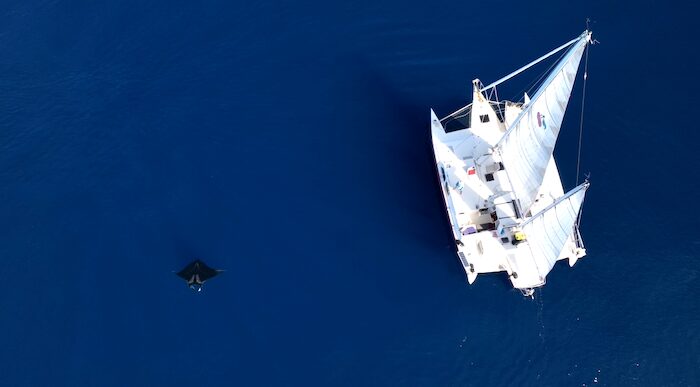

Diving with Magnificent Manta
Jim and Pam Yares, who are crossing the South Pacific towards New Zealand on board their catamaran SV Roam, visited this incredible area while in Fiji and dived there with local operators several months ago. It was their suggestion that cruising communities like Noonsite, Island Cruising NZ and NoForeignLand be alerted to what is going on to hopefully avoid the situation getting any worse.
“The mantas are typically there at high tide and that brings wind over tide and makes the channel quite choppy for swimming and small dinghies,” Jim told Noonsite.
“They are magnificent creatures. You truly get a sense that they like humans and are very curious about us. Mutual curiosity as it were.
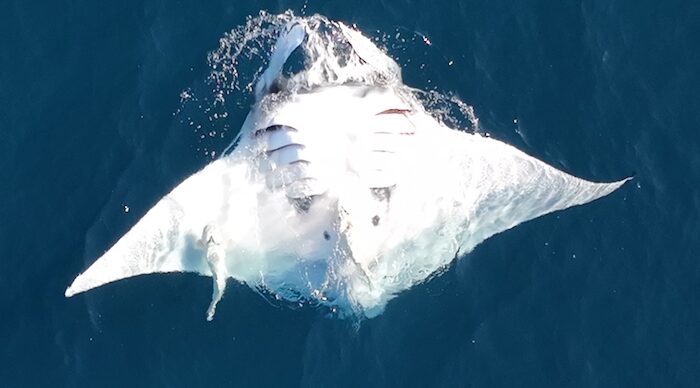

“However, after the dive, I was asked how the community could get the word out to visiting yachts about the guidelines and proper behavior for swimming with the mantas. The situation seems similar to the whale diving issues in French Polynesia – that is, a small number of yachts either don’t know the guidelines and the laws or they don’t care to abide by them. The vast majority of cruisers we’ve met seem to exercise common sense and/or abide by the wildlife rules.”
Interacting Safely with Manta Rays
The Manta Trust, a UK registered charity that co-ordinates global manta and devil ray research and conservation efforts, publishes a comprehensive guide on how to sustainably interact with manta rays wherever you are in the world.
Manta Watch New Zealand, a small grass roots charity committed to manta ray research and marine conservation in the waters around New Zealand, also produces useful guidelines:
…………………………………
Related News:
…………………………………
Related Links:
…………………………………
© 2025 Noonsite. This content was edited by Noonsite. Do not reproduce without permission. All rights reserved.
The opinions expressed in this article are the author’s own and do not reflect the view of Noonsite.com or World Cruising Club.
If you have found this information useful, become a paid member to enjoy unlimited use of Noonsite plus many other perks. Your membership fees really help our small, dedicated team keep country information up-to-date in support of cruisers worldwide. Find out more about Noonsite Membership levels and benefits here.
Subscribe to our FREE monthly newsletter.
Related to following destinations: Daku Bay, Fiji, Fulaga (Vulaga), Kadavu, Kavala Bay, Lakeba, Lau Group, Lautoka (Vuda Point Marina), Levuka, Mamanucas and Yasawas, Matuku, Musket Cove, Oinafa, Ovalau, Pacific Harbour, Port Denarau, Rotuma, Savusavu, Somosomo, Suva, Taveuni, Vanua Balavu, Vanua Levu, Viani Bay, Viti Levu, Vunisea
Related to the following Cruising Resources: Cruising Impact, Environment, General, Pacific, Pacific Crossing, Pacific Ocean South, Rallies, Routing




